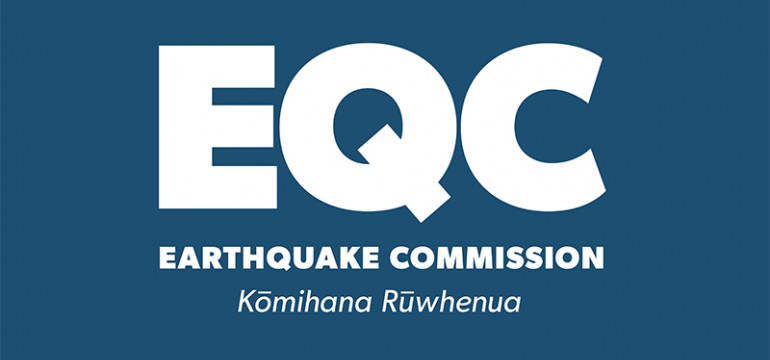New Zealand to have world-leading natural hazard risk modelling tool
EQC, GNS Science and NIWA have joined forces to further develop world-leading natural hazards risk modelling for New Zealand.
RiskScape is risk modelling software that lets users assess risk to buildings, infrastructure and people from natural hazards such as earthquakes, tsunamis and floods.
RiskScape has been developed jointly by GNS Science and NIWA with the next general release due in mid-2020. The tool is based on open source technology, providing access for researchers and people working in disaster risk management to improve understanding of natural hazard risks in New Zealand and further afield.
Sid Miller, EQC Chief Executive, said that EQC currently has its own tool to model damage and financial loss from earthquakes. “Having all three organisations pooling resources into the same risk modelling tool instead will create a centre of excellence for New Zealand,” he said.
“Understanding the likely impact of natural hazards is hugely valuable for reinsurers, emergency management officers, councils, scientists and many more groups working to reduce the impact of natural hazard events in New Zealand,” said Mr Miller.
Mr Miller said development work on the next generation of EQC modelling using RiskScape is already underway and will go live later this year.
“EQC’s first focus is on earthquake loss modelling for residential buildings and we will be doing thorough testing to make sure there is a smooth transition to the new tool,” he said.
Ian Simpson, Chief Executive of GNS Science and John Morgan Chief Executive of NIWA, are equally positive about the future of RiskScape.
Mr Simpson said, “This agreement is a great example of working collaboratively and it will lead to the ongoing development of a powerful planning tool. RiskScape will become embedded in our risk planning infrastructure and the more organisations using it, the better the information and our understanding becomes.
Mr Morgan said the new partnership will broaden use of RiskScape to include more government, council and infrastructure company users, enabling more people to get a better understanding of the potential costs of natural hazards.
“For example, what would be the impact of a flood on residential buildings in the Hutt Valley and what would the repair costs be?” he said.
The current version of RiskScape has already proved very useful in New Zealand and has helped governments in Vanuatu, Samoa and Indonesia better manage their natural hazards risk and the new version under development will bring further benefits to users, he said.
For more information on RiskScape, visit: www.riskscape.org.nz
